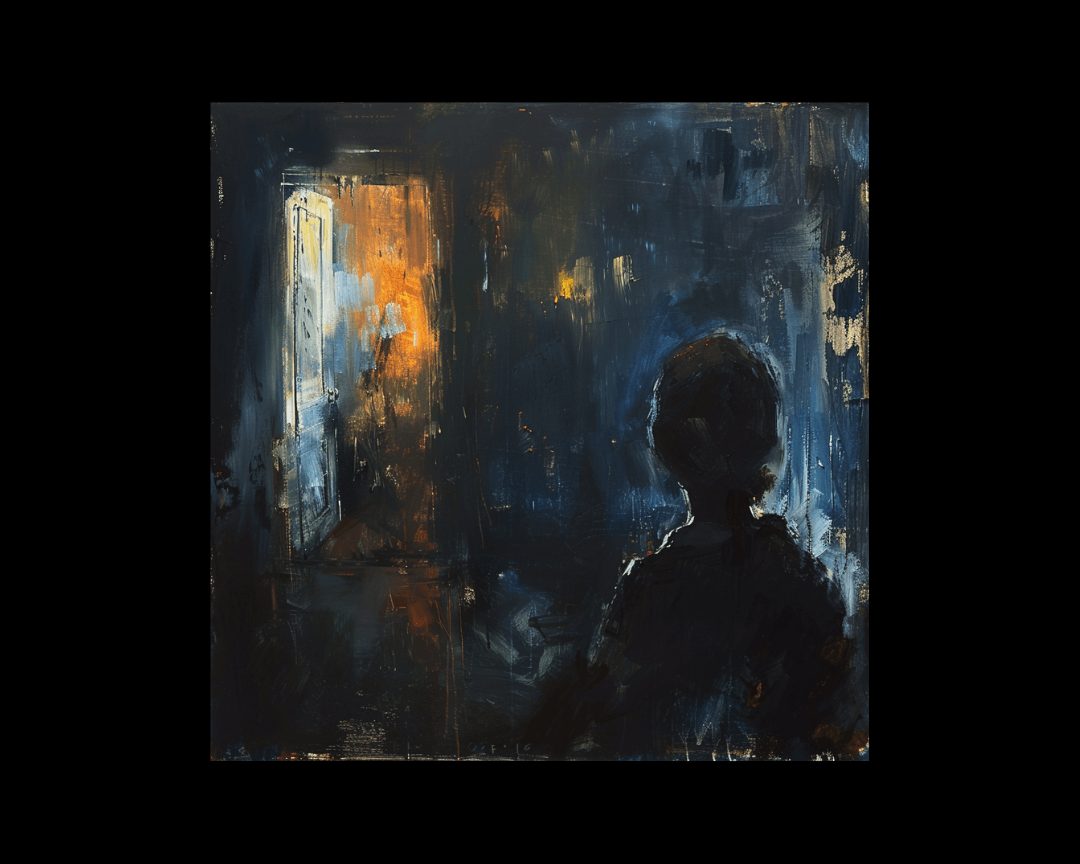Internal Conflict: The Catalyst for Transformation
An internal problem is the crucible for change, diving deep into a character's essence far beyond the surface motivations that drive external...
5 min read
 Writing Team
:
May 24, 2024 2:48:36 PM
Writing Team
:
May 24, 2024 2:48:36 PM

The Challenge and the RewardIn storytelling, the protagonist's journey often takes center stage. Readers watch, transfixed, as characters navigate the plot's twists and turns, their inner landscapes shifting and morphing in response to the challenges they face.
And while the triumphant arc of the hero who overcomes their flaws and emerges victorious is a staple of the craft, there is another, darker path that holds just as much power to captivate and transform: the negative character arc.
The negative character arc can be intense and exciting but difficult to convey. Keep reading to learn more about how you could incorporate crafting a negative character arc into your story.
At its core, the negative character arc is a tale of descent, a journey into the shadows of the psyche where the protagonist's flaws and fears consume them. It is a story not of redemption but of the unraveling of a character who starts with the potential for greatness but finds themselves slipping ever further from the light through a series of choices and circumstances.
Like its positive counterpart, the negative arc revolves around a central conflict between truth and falsehood, between the authentic self and the lies that threaten to destroy it. However, where the positive arc sees the character ultimately triumphing over their false beliefs, the negative arc charts a different course, one in which the character succumbs to the darkness within.
Of course, there are variations on this theme. The disillusionment arc sees the character overcome their lie only to find the truth a bitter pill to swallow. The fall arc has them cling to their false beliefs even as the truth beckons, leading them deeper into sorrow and despair. The corruption arc charts the journey of a character who flirts with truth but ultimately rejects it in favor of the seductive power of the lie.
However, regardless of the negative arc's specific shape, the core elements remain the same. The tragic flaw, the deep-seated weakness or fear, sets the stage for the character's downfall. The limiting belief, the false conviction, keeps them trapped in a cycle of self-sabotage and destruction. And there is the interplay of truth and lie, the battle for the character's soul that unfolds across the pages of the story.
To begin weaving the tapestry of a negative character arc, one must first establish the foundations upon which the story will be built. The tragic flaw must be identified and understood, be it pride, fear, anger, or insecurity. From this, the limiting belief can be extrapolated - the false notion that the character clings to, the lie that they believe will bring them salvation but which, in reality, only hastens their demise.
These building blocks set the stage for the character's journey. The inciting incident introduces a change, an opportunity that appeals to the protagonist precisely because it aligns with their lie. They set out on their path, unaware that each step brings them closer to the precipice.
As the story unfolds, the character is bombarded with events and experiences that challenge their worldview. In the disillusionment arc, they face the harsh realities their lie has hidden. In the fall arc, their false beliefs become obstacles to pursuing their goals. And in the corruption arc, they are repeatedly tempted to abandon their principles in favor of the easy path.
Through it all, there is a dance of truth and lie, a constant push and pull as the character grapples with the dissonance between what they want to believe and what they know, deep down, to be true. The midpoint marks a crucial turning point, a moment of decision where the character either glimpses the tragic truth of their situation or willfully turns their back on the light.
From here, the descent accelerates. In the fall and corruption arcs, the characters embrace their lies fully, even as the consequences of their actions become impossible to ignore. In the disillusionment arc, they sink into despair as the weight of the truth bears down upon them. The tragic realization hits like a thunderbolt, a moment of painful clarity where the full extent of their mistakes becomes undeniable.
The climax of the negative arc is a thing of terrible beauty, a culmination of all the character's choices and mistakes. In the fall and corruption arcs, they make one final, desperate grasp for their false desires, only to find the victory hollow or the failure complete. In the disillusionment arc, they can only watch as the tragic consequences of their actions unfold, powerless to stop the tide of sorrow they have unleashed.
The resolution of a negative arc is often swift and brutal, a stark contrast to the hopeful outcome of the positive journey. There is no tidy restoration, no happy ending to be found. Instead, the character is left to reckon with the wreckage of their life, to bear the weight of their choices and the scars of their transformation.
But it is in this bleakness that the true power of the negative arc lies. In witnessing the characters' fall and walking alongside them as they descend into their own darkness, the readers are forced to confront the shadows within themselves. The negative arc becomes a mirror, reflecting the fears and flaws in the human heart.
When crafting a negative arc, there is a temptation to rely on shock value to hinge the story's emotional impact on a sudden and devastating twist. But the true power of this narrative structure lies not in the final, crushing blow but in the inexorable march towards disaster that precedes it.
For a negative arc to resonate, the reader must see the tragedy coming and must understand the inevitability of the character's fate, even as they hope against hope for a different outcome. Each choice and misstep should feel like a piece of a larger puzzle, a slow unraveling that builds to a crescendo of despair.
To achieve this effect, the character's actions must be rooted in a deep understanding of who they are and what drives them. Their flaws and fears must be woven into the fabric of their being, informing every decision they make and every path they choose. The reader should feel the weight of the character's psychological burdens and should understand on a visceral level the forces that propel them toward their ultimate fate.
This sense of authenticity, of psychological realism, separates the great negative arcs from those that feel contrived or manipulative. When a character's downfall feels plausible and inevitable, when their choices and mistakes are a natural outgrowth of their fundamental nature, the story takes on a power that transcends mere entertainment. It becomes a commentary on the human condition, a reflection of the struggles and failures that define our existence.
Crafting a compelling negative character arc is no easy feat. It requires a willingness to delve into the darkest recesses of the human psyche, to confront the fears and flaws that most of us would rather ignore. It demands a level of empathy and understanding that can be emotionally taxing, a capacity to see the world through the eyes of a character whose choices and beliefs may be antithetical to our own.
However, the rewards are immeasurable for writers willing to take up this challenge and prepared to walk the shadowed paths of the negative arc. In creating a character whose fall is devastating and deeply human, we offer our readers a gift of rare and profound value. We give them a mirror to see their struggles and fears reflected, a lens through which to understand the complex tapestry of the human experience.
In the end, perhaps this is the true power of the negative character arc—not to revel in the darkness but to illuminate it. By charting the descent of a flawed and fallible protagonist and laying bare the mechanisms of self-sabotage and self-destruction, we offer our readers a chance to confront their own demons, face the shadows within themselves, and, in doing so, find a path towards the light.
While the negative arc may end in tragedy, it is not a story without hope. In witnessing the character's fall and understanding the choices and circumstances that led them to their fate, we are given the tools to avoid a similar descent. We are reminded of the importance of self-awareness, of the need to confront our flaws and fears before they consume us.
In the final analysis, the negative character arc becomes not just a tale of darkness but a beacon of light. It reminds us of the power of story to transform and transcend, to offer us not just an escape from reality but a deeper understanding of it. And for that, for the chance to touch the lives of our readers in such a profound and lasting way, any writer would be willing to brave the shadows.
.png)
An internal problem is the crucible for change, diving deep into a character's essence far beyond the surface motivations that drive external...
.png)
Characters are individuals who want something, and these desires can be categorized into two distinct types: the character's intrinsic wish...

The protagonist's journey often takes center stage. We watch, transfixed, as they navigate the twists and turns of the plot, their inner landscape...